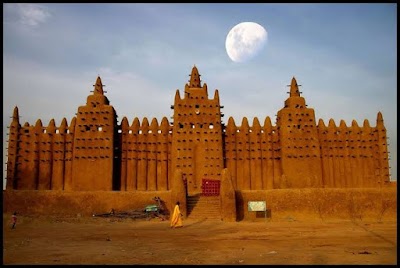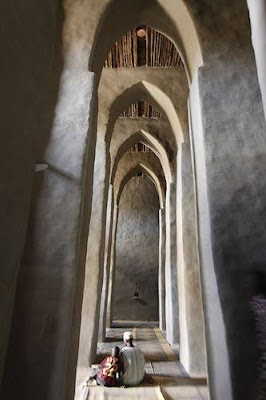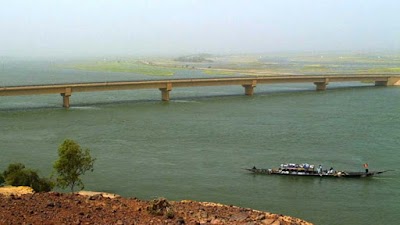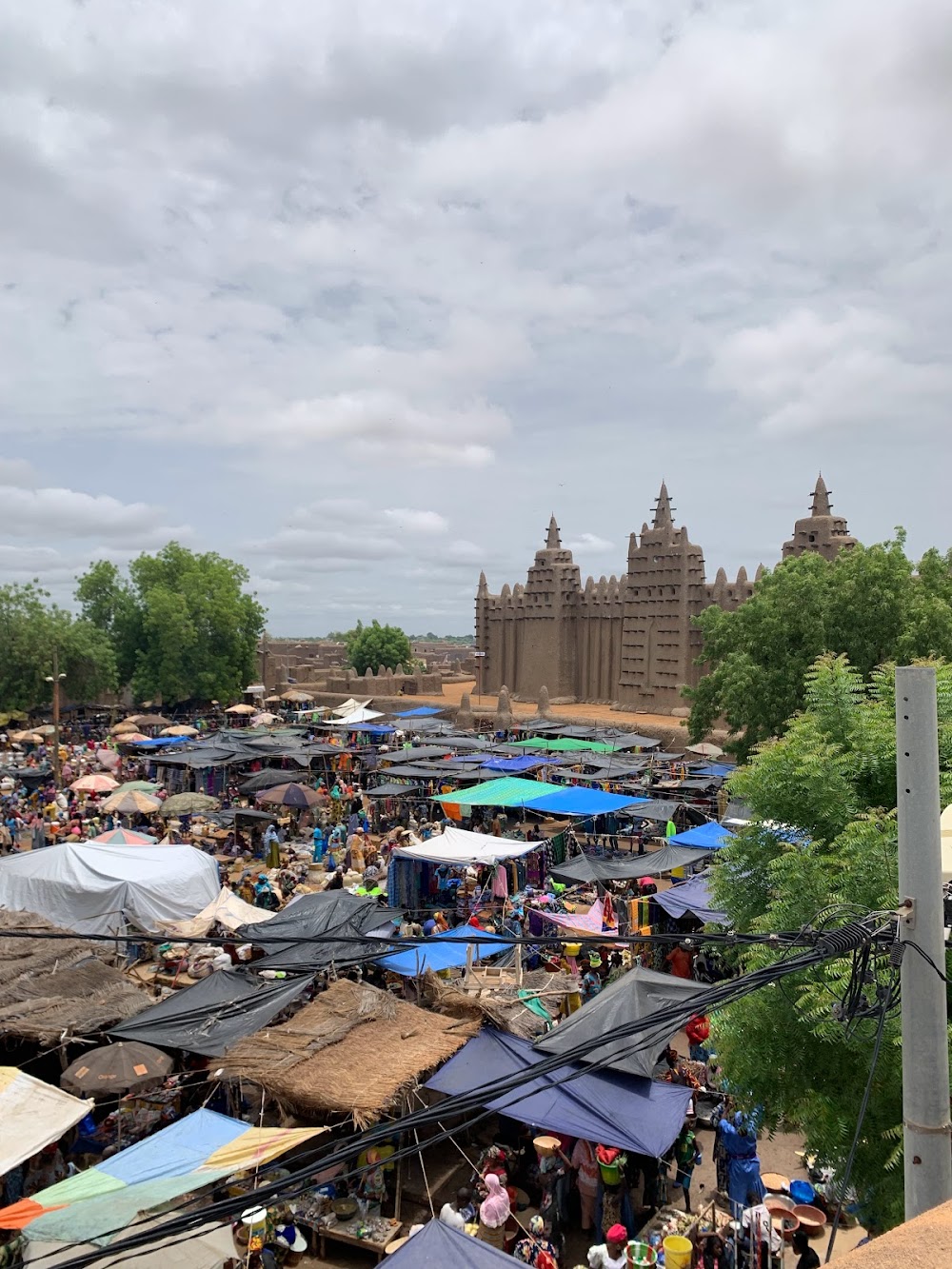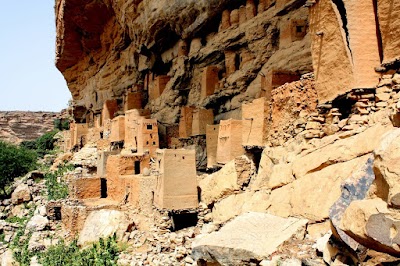Djenné Mosque (Grande Mosquée de Djenné)
Overview
The Djenné Mosque, situated in the Koulikoro Region of Mali, is not only an architectural marvel but also a profound symbol of the region’s rich cultural and historical heritage. As the largest mud-brick building in the world, it stands as one of Africa's most iconic landmarks. The mosque's unique design and its annual restoration practices attract tourists and architecture enthusiasts from across the globe, eager to witness its grandeur.
The mosque's history dates back to the 13th century, when it was first built by Sultan Koumboro following his conversion to Islam. Over the centuries, both the mosque and the town of Djenné evolved into vital centers of Islamic scholarship and commerce. The structure we see today was reconstructed in 1907 during the French colonial period, carefully preserving the traditional Sudano-Sahelian architectural style that characterizes it.
This magnificent mosque holds immense religious and cultural significance, serving as the spiritual heart of the local Muslim community and a bustling hub for the faithful, especially during Friday prayers. Djenné itself is recognized as a UNESCO World Heritage site, with the mosque often highlighted as a prime example of earthen architecture. It stands as a testament to sustainable building practices that were in place long before modern sustainability became fashionable.
One of the most fascinating aspects of the Djenné Mosque is its construction techniques and materials. Made from sun-baked earth bricks, known locally as 'ferey,' and a specially formulated mud plaster, this structure requires regular upkeep. Each year, the entire town engages in a vibrant community event called "crepissage," or plastering festival. This gathering not only preserves the mosque but also fosters community spirit, as residents come together to repair eroded sections with fresh mud, demonstrating a beautiful collaboration in conservation efforts.
The architecture of the Djenné Mosque is a stunning blend of artistry and functionality. Its façade features massive minarets topped with ostrich eggs, which symbolize fertility and purity. The timber beams, or 'toron,' extend from the walls, serving both as scaffolding for the annual replastering and contributing to the mosque's distinctive, jagged appearance. This robust construction style has stood the test of time, showcasing the remarkable ingenuity and resilience of African architecture.
Upon entering the Djenné Mosque, visitors are enveloped in a sense of awe. The expansive, airy interior is designed to accommodate thousands of worshipers, featuring a minimalistic yet grand aesthetic. Rows of columns create a labyrinthine atmosphere, enhancing the spiritual ambiance and enabling worshippers to connect deeply with their faith and one another.
Beyond its architectural significance, the Djenné Mosque plays a vital role in communal life and education. Traditionally, it has housed several madrasas (Islamic schools) that attract students from various parts of West Africa. These institutions ensure that the mosque remains a living center of learning, perpetuating the scholarly traditions that have defined Djenné since its inception.
Tourists visiting the Djenné Mosque are often captivated by its grandeur and the rich history imbued within its walls. Beyond its architectural splendor, the mosque serves as a beacon of the local culture, reflecting the creativity and communal spirit of the Djenné community. The bustling Monday market in the square before the mosque adds to the experience, with vendors from neighboring towns showcasing an array of goods and creating a vibrant scene that embodies the essence of Malian life.
As visitors explore the mosque and its surroundings, they are frequently touched by the hospitality of the local people, who eagerly share stories about their heritage and the mosque's significance. Insights into customs and traditions, such as the annual crepissage festival, deepen the appreciation for the communal bonds and values that sustain this magnificent edifice.
In summary, a visit to the Djenné Mosque is a journey back in time, offering a unique glimpse into Mali’s rich history and cultural legacy. Its iconic structure, historical importance, and the loving care provided by the local community make it a must-visit destination for anyone traveling to Mali or interested in world heritage sites. It stands as a living testament to the timeless beauty of traditional African architecture and the enduring spirit of the people who maintain it.


